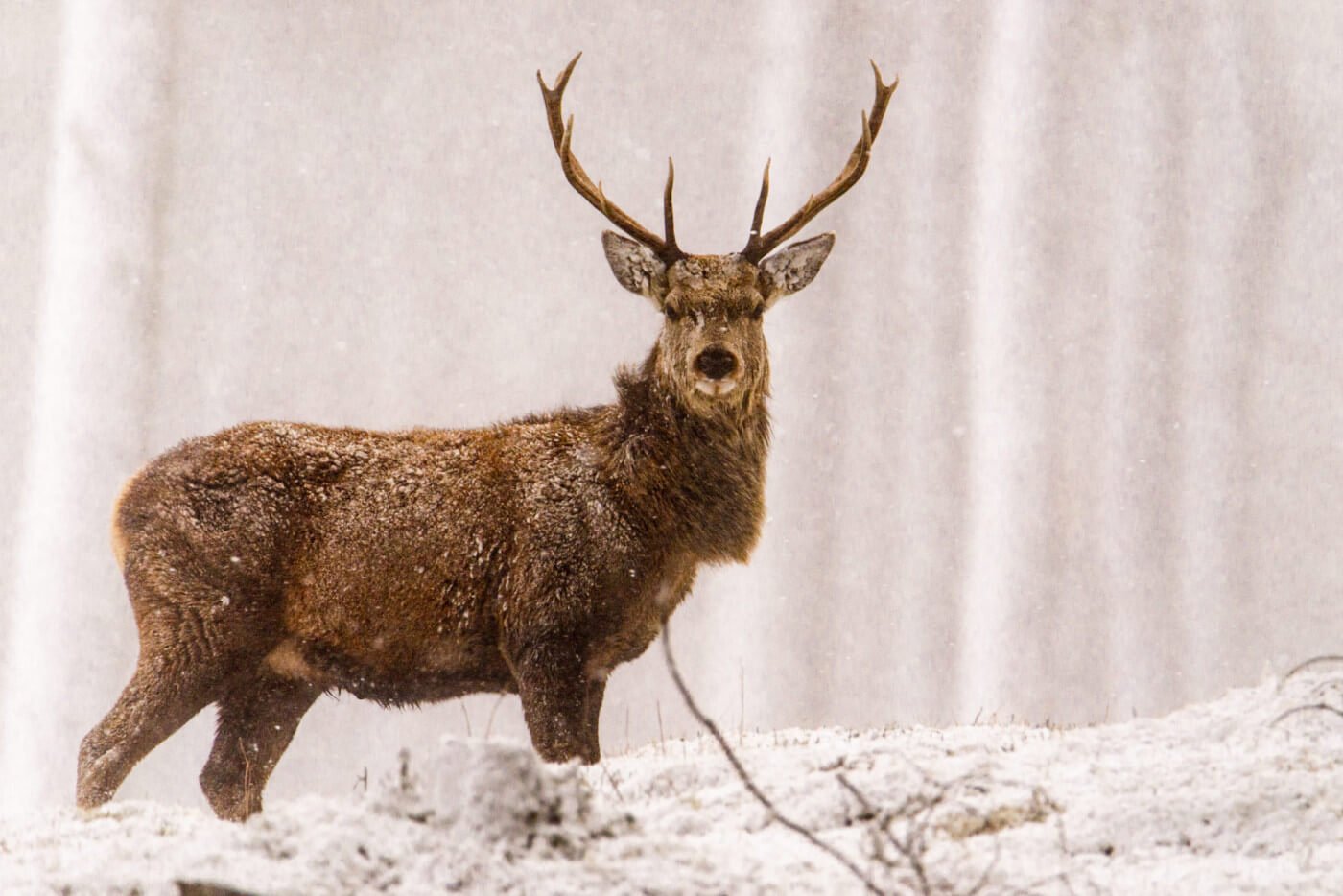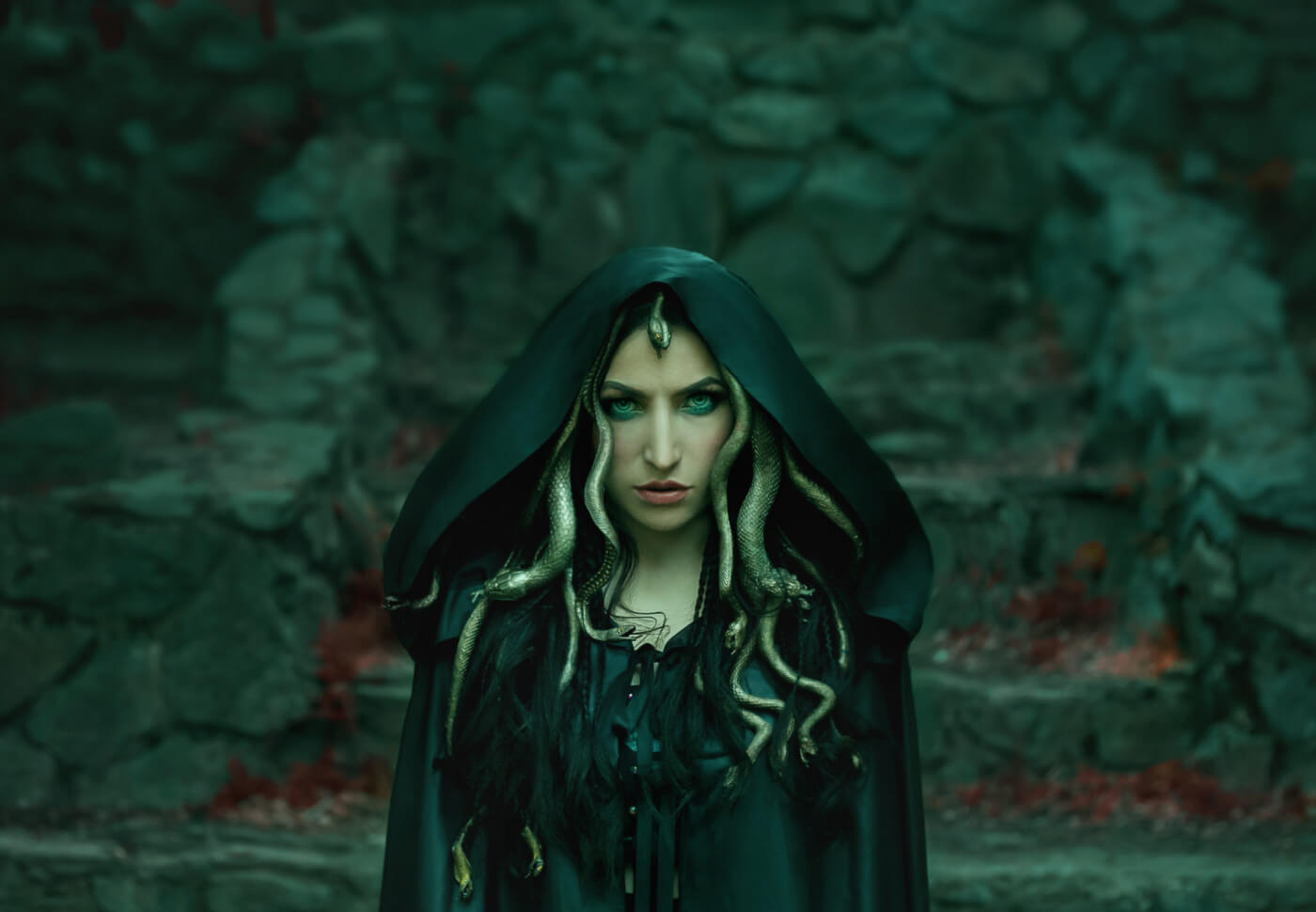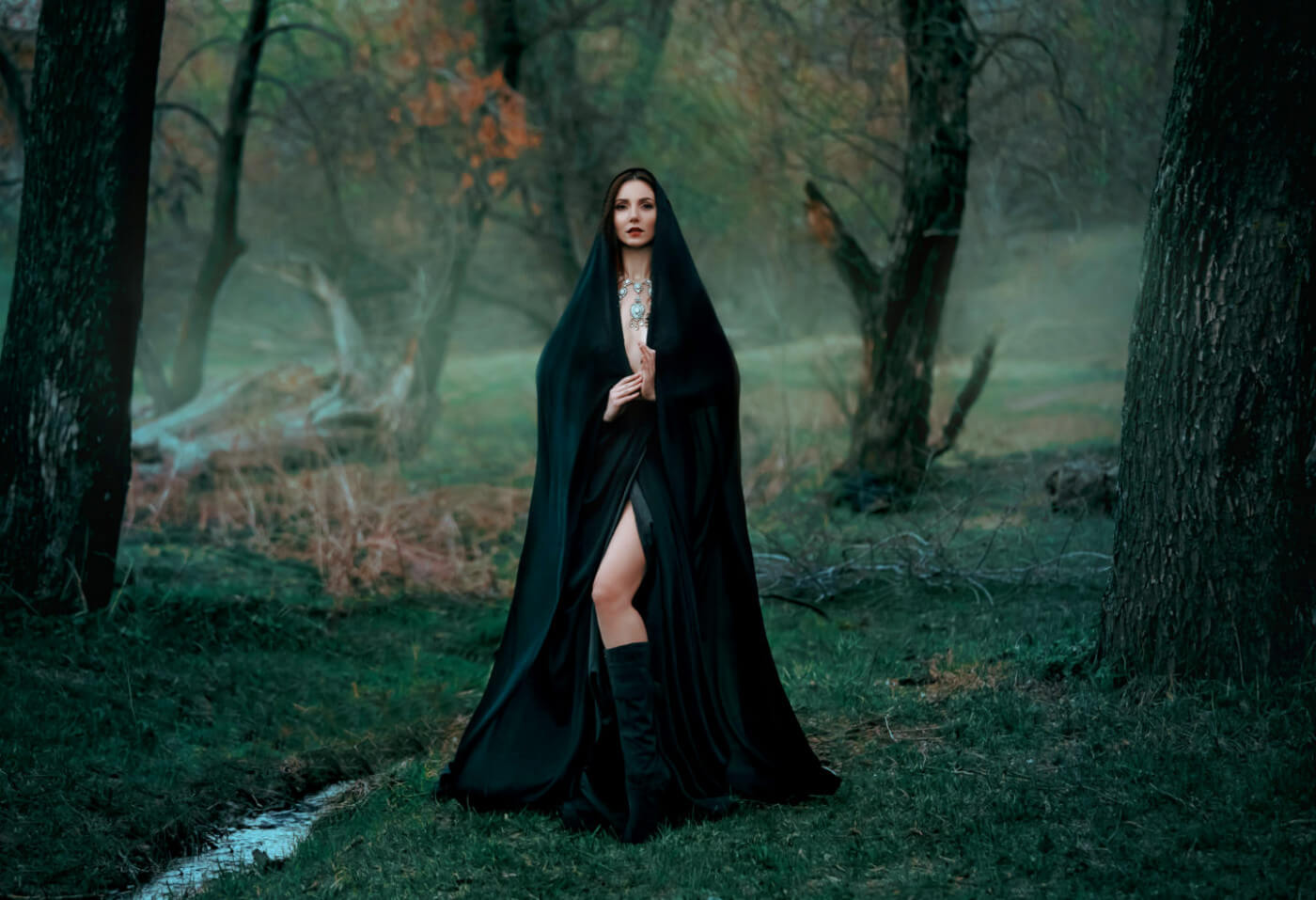Each winter, when the nights stretch longer, and the storms return, we keep our eyes peeled for Odin, the faeries, and the spirits of the Wild Hunt.
Depending on which stories we prefer, the Wild Hunt is led by Odin, Gwyn ap Nudd, Diana, Herne the Hunter, Hecate, Cernunnos, Mother Holle, or sometimes, Satan himself. Trailing behind the fierce leader is any number of ghostly apparitions, from the souls of fallen soldiers to wayward witches, spectral hounds to meddlesome spirits, all of whom will gladly carry us off to the Otherworld if we dare cross their path.
In folklore, the Wild Hunt is the annual procession marking the arrival of winter. It’s a march of the dead associated with the Winter Solstice, when darkness is at its peak, and the veil that separates this reality from others is receptive and oh-so-inviting.
Since the Wild Hunt carries themes of death, destruction, and mayhem, most agree that it personifies the shadow side of nature, especially as it relates to the dark months, dormancy, the end of one cycle, and the promise of another. In the modern world, we’re told that endings are sad (and often, they are), but they can also be freeing, healing, and transformative.
Because that’s what endings are—opportunities to start anew.
The Wild Hunt is also closely tied to the intensity of storms the stillness that follows their departure. Midwinter lore suggests that when the wind screams and thunder rolls, when things clash and clatter in the night, the army of dead is knocking at our door. The spirits are not-so-subtly waking the others, sending soul flares into the night with an invitation:
Tonight, we honor the vow of the Wild Hunt. Witches, wild ones, and the like, join us if you dare…
If Hecate is leading the army, she’ll be flanked by barking hounds, whereas Herne the Hunter prefers a herd of braying stallions. When Mother Holle takes the lead, she’s accompanied by squawking geese. And Odin, the God of war and the most celebrated leader of the Wild Hunt, runs alongside his fellow warriors, yelling and mashing swords with his comrades.
In parts of Scandinavia, stories say that witches would join the Wild Hunt without leaving their homes. Through ritual (and sometimes with the help of sacred plants), a witch would tuck her physical body into bed for safekeeping, project her soul outside of its fleshy cage, and allow her spirit to run free. Like other thresholds that appear during equinoxes and solstices, the Wild Hunt marked an in-between time when humans could communicate with otherworldly entities. If we had questions for Diana or longed to meet Hecate, this was a way to be seen, and our prayers heard.
Although many aspects of the Wild Hunt run parallel to those at the Winter Solstice, others claim that the days just before Imbolc are the most dangerous. In January, anyone that dared venture outside while the weather was still fierce was at risk of being carried off by the winter haunts.
Even today, for those of us who live near the woods or sense stormy nights beckoning on the horizon, it’s true—the Wild Hunt draws near. Listen carefully, and you’ll hear the hounds, the whispering winds, and the keening crone announce winter’s arrival.
This is a warning to move indoors, light the Yule log, and revel in the comfort of the hearth fire.
Unless, of course, the Wild Hunt calls to you.









